Equipment
The Fujikura Fit-On Academy Experience
The Fujikura Fit-On Academy gives the everyday golfer a fitting experience that is fit for a pro. Using proprietary software, Fujikura compiles measurements of every club and all aspects of a swing in order to recommend the perfect shaft. The Academy is headed by Pat McCoy, a PGA of America member with years of experience fitting tour pros. McCoy and his staff find the “unique, one-of-a-kind thumbprint for a swing” that every golfer has.
Depending on the fitting package chosen, your experience can include a tour of the R&D Facility. During this time, you may hear something like when we visited McCoy and his intern Marshall Thompson:
“We at Fujikura needed a place where we could quickly test shafts and evaluate product quickly and easily for all of our customers and tour professionals. We test inside with Trackman and have an additional facility where we can test performance outdoors. Ultimately we also wanted to be able to bring in the consumer to see how we fit tour professionals and give them the experience and information to improve their game. We have many different heads to try out, nearly every one on the market and just about every golf ball so that we can fit any golfer. The common denominator with all of that is, of course, the shaft. We can fit for so many different swings with so many different shafts and wanted to show the customer that differences in shaft, loft, lie, weight, etc. can make a difference in their game. For example, one manufacturer with several head models enables us to offer 987 different fitting combinations.
We have a proprietary software program that we are able to put in all of a player’s information and have access to it everywhere we travel. In addition, the software is able to help other fitters with finding a player’s ideal fit since there are so many possible combinations.”
Part of the experience of the Fujikura Fit-On Academy is a complete measurement of your current bag. At this point, the loft, lie, etc. are carefully measured and recorded. A golfer will learn whether there is the right amount of loft between irons, both numerically and with graphical representation among other things (like lie and face angle).
McCoy went on to explain the engineering processes and machinery in a tour of the facility, which included a sneak peek at some soon-to-be released technology and a bit of the Facility’s history:
“The EI Machine is a new prototype that Fujikura will be selling to the industry in the future. This can measure the EI or flex curvature of a shaft in less than 2 minutes and can even measure an assembled golf club. Basically the shaft is measured by how well it retains it’s flex throughout when it is deflected. The machine bends the shaft and measures the entire length via laser and records the outside diameter and inside diameter while it is being flexed. It is a unique technology to the industry due to the speed and the fact that it can measure an entire club. In the past it would take over 10 minutes to measure a shaft and you could never measure an entire club.
We also have a fatigue machine that OEMs have purchased from us. What we do with this is bend the shaft while it is turning. This finds out where the shaft might fail. The machine goes up and down the shaft while it spins in tension. We run a computer program with this that tells us where the shaft failed and how long it took to fail. For example, the program will apply a certain amount of pressure for a specific time period, say two days, and tell us when that shaft failed. This machine will be a Fujikura-branded machine that will be manufactured and sold in the future.
When I first started eight years ago, Fujikura had a manufacturing facility with a staff of about 400 employees here in Vista, CA. Because of rising costs, we shut our facility down. In order to still support the major golf club manufacturers with top quality designs, we opened the Fujikura R&D facility. This facility has the same machinery and production capability of our factories overseas but at a much smaller scale. This has enabled Fujikura to design rapid prototype shafts and then easily transition these designs to our overseas facilities for mass production. The Fit-On Academy was created to use this prototyping capability to test and help design new and improved shafts designs for all level of players."
The Making of A Shaft
McCoy takes us through the making of a shaft: “What makes our shafts as good as they are is the material that we have in the shafts. One material is the TRIAX which is in our Speeder, the go-to shaft. Triax enables the shaft to return to its straight shape more quickly than conventional graphite shafts. It almost acts like a spring or a whip through the hitting area for increased clubhead speed. We have several other materials that are patented that only Fujikura uses in the golf shaft industry. Depending upon whether we are putting together the Speeder, Rombax, or next generation shaft s, all our shafts use the highest technology materials in the shaft industry.” During this time one sees the different sheets of the materials that will eventually become the shaft. The components are cut into the constituent parts and carefully layered. McCoy explains that there can be from about 5 plies of material up to 15 depending on the weight and flex of the shaft. The overall goal is always to make the shaft as round, or circular, as possible. The engineers at the facility have taken out all matter of chance in making the shafts as all specs are pre-determined. This means that it is known how each shaft will turn out (tip and butt flex, EI, weight, torque) before it is even made. There are machines that cut all of the materials and rolling presses in order to keep the integrity of the measurements, leaving nothing to chance. This makes reproducible, predictable results of a high quality. The process includes checkpoints that assure the quality of the shafts before they are cured. After shafts are cured they are meticulously examined for any flaws. The flex is checked digitally after the process is complete. There are machines that check the flex of the shafts with weights that some of the OEMs use to also check the specs in a more old-fashioned method. There is no “standard” for the shaft industry – most manufacturers have their own set of measurements that they consider to be ideal. In addition, measurements are not always taken from the same part of the shaft, further differentiating specs between different manufacturers.
The Fitting
Fujikura did not want to be in the dark about any club and wanted to be the source for knowing everything about a club. The first thing that happens with all of the products used in the fittings is meticulous measurements. When you see the drawers full of heads and other club pieces, each has a sticker that tells exactly what its measurements are (loft, lie, bulge, roll, etc.). They know everything about a club before putting it into a golfer’s hands. Everyone knows that a club that says 8.5 is not always an 8.5, after all. This is the case for the heads as well as the shafts (length, weight, etc.). In fact, Fujikura teaches other fitters to have different lengths, kickpoints, and other metrics in order to have more options to do a proper fitting. Indeed, the Fit-On Academy is quite thorough.
Trackman, the software, the screen…it’s all there…your measurements are meticulously recorded. Your clubs, your swing, everything. You don’t realize just how thorough your fitting was until about a week later. There you are, still euphoric over the entire experience when you check your mail. In your mailbox is a large manila envelope from Pat McCoy and his staff. You open it to find a folder with measurements of your club (or entire bag, depending on which fitting you opt for). The club, head, shaft, grip, loft, lie, and length are all recorded in a table. Next, if you have your entire bag measured will be graphs of length, loft, lie, swing weight, and weight. This is to show any gaps in your current system. Finally, a recommendation page with specs for what you have been fitted for. In addition, for each club that you are fitted for will be shot-by-shot Trackman details with averages, a graph of dispersion, and a trajectory graph are included. You’ll find these for both your club and the recommended club. Finally, a DVD (if included in your fitting package) shows your swing and includes lines for you to see your swing plane. When you come back down to Earth, you’ll realize that you have extremely valuable information that can only serve to improve your game. Now, you must act on it.
A Word From The President
Newly-minted President of Fujikura, Dave Schnider, has been with the company for nine years and at his current post since April 2008. Prior to his tenure with the company he was with Grafalloy, True Temper, and a college golfer at San Diego State University. We found out from Schnider that the Fit-On Academy is a big part of Fujikura’s plan here in the States. The company has done fittings in Japan for nearly ten years and they have more recently made this available to the US market. The company has learned so much about fitting from Japan and tour pro fittings that they now offer the everyday golfer this exceptional experience to improve their game. Being tied in to the R&D facility also gives them the ability stay in touch with all golfers’ needs. Fitting remains a top priority for the company.
The new shaft line – the ATL, or Academy Tour Limited – will soon be available. This line is designed for the PGA Tour and better players out there. In fact, the shafts will first be seen on Tour in late November/early December. Even so, the company is interested in being accessible to all golfers. The Fit-On Academy is to give the rest of us that Tour fitting experience that used to only be available to the pros. “The Tour player gets such a benefit from being properly fit. We wanted to bring this to more golfers”, says Schneider. The future of shafts at Fujikura will expand to fit mid-handicap and more players. Essentially, the E Series will already suit a large majority of golfers.
And By The Way
Everyone we met at the facility is an exceptional golfer in their own right. McCoy claims that he’s “not that great at only about a 4 or 5 handicap”, intern Thompson is a scratch golfer, and Schneider is a +2.
See For Yourself
With several options for a fitting – from one club to your whole bag – prices start at only $75. Check the Fujikura website here for all of the package details.
- LIKE1
- LEGIT0
- WOW0
- LOL0
- IDHT0
- FLOP0
- OB0
- SHANK0
Equipment
Putter Roundup: 2024 Zurich Classic of New Orleans
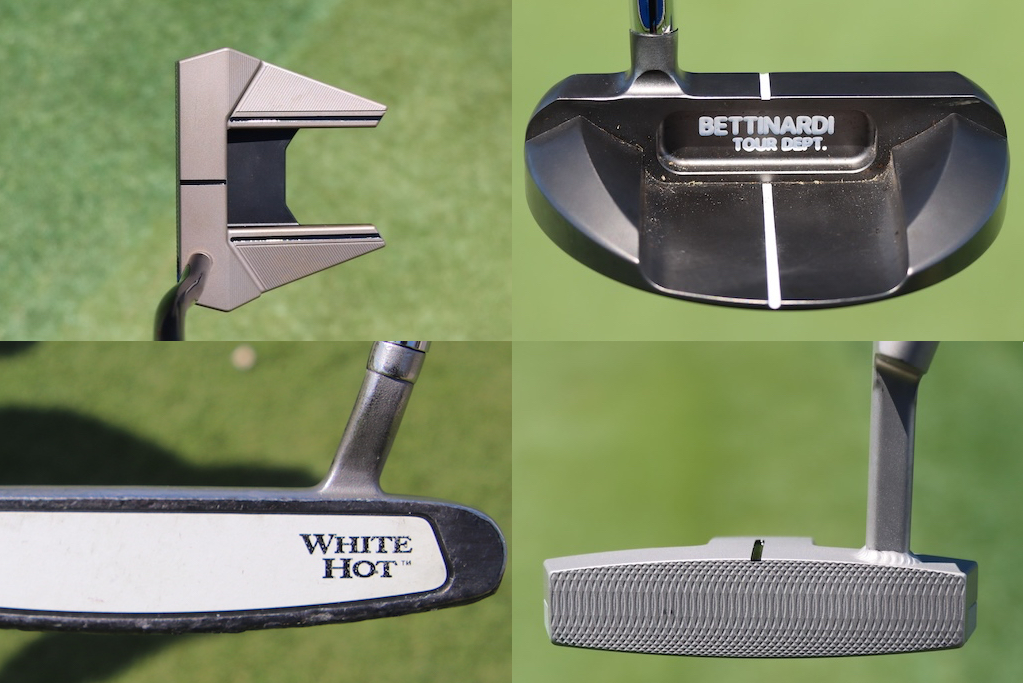
We always get some great photos of some phenomenal putters at tour events and love to share them. Here are a few from the 2024 Zurich Classic that caught our eye and seemed interesting. (And as a reminder, you can check out all our photos from New Orleans here)
MJ Daffue’s Scotty Cameron T-11 Prototype
MJ is going with the new Scotty Cameron T-11 Prototype this week. The putter is a multi-piece mallet that puts an emphasis on stability with the wings on the back. Daffue’s putter does have a design that differs from retail with a monotone finish, which eliminates the black paint on the aluminum parts that we see at retail. He also has a half siteline milled into the top and an L-neck welded on for some additional toe hang. The face features a deeper milling that should offer a softer feel and slightly quieter sound.
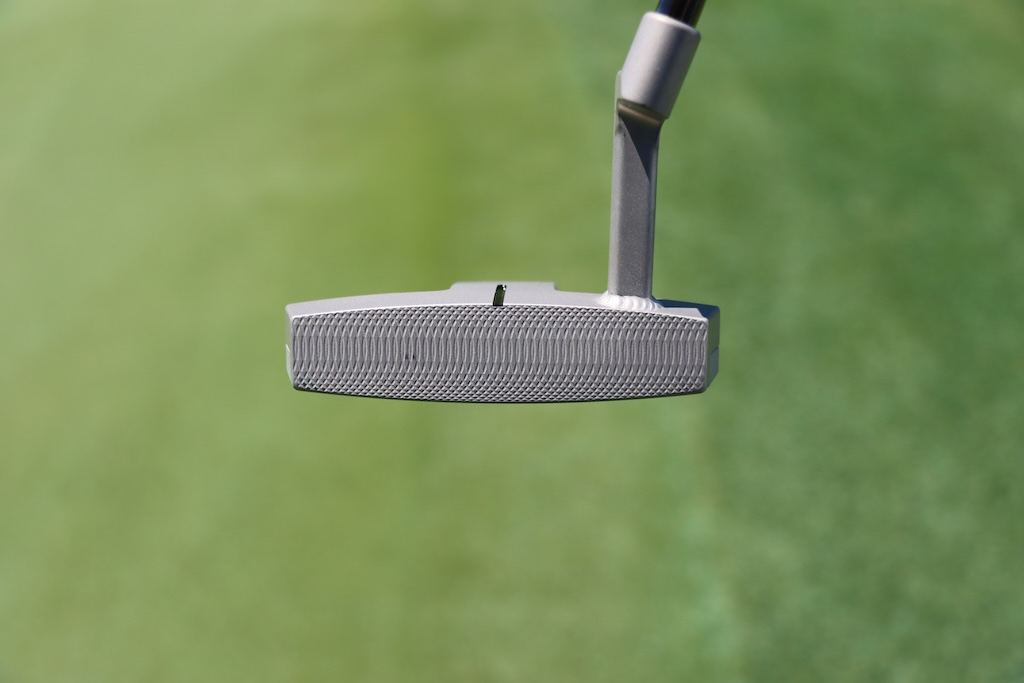
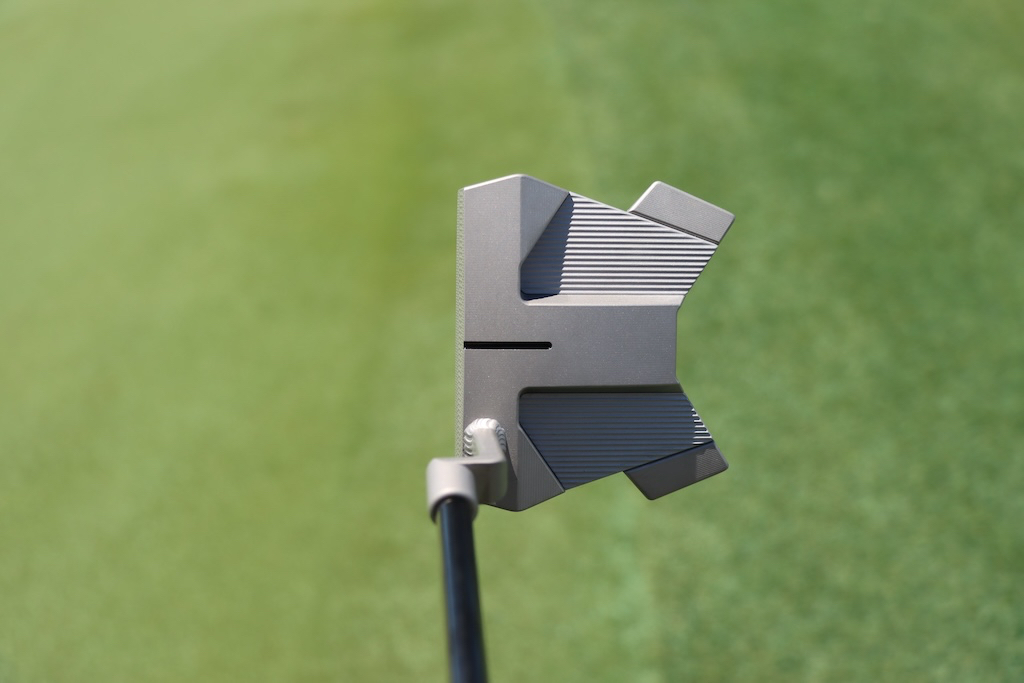
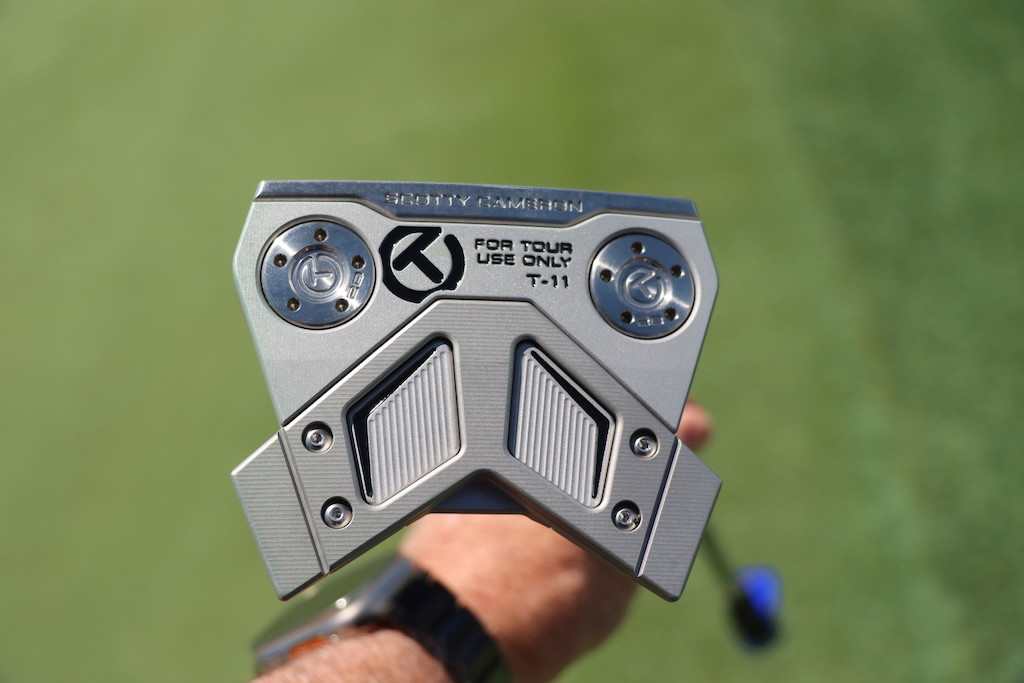
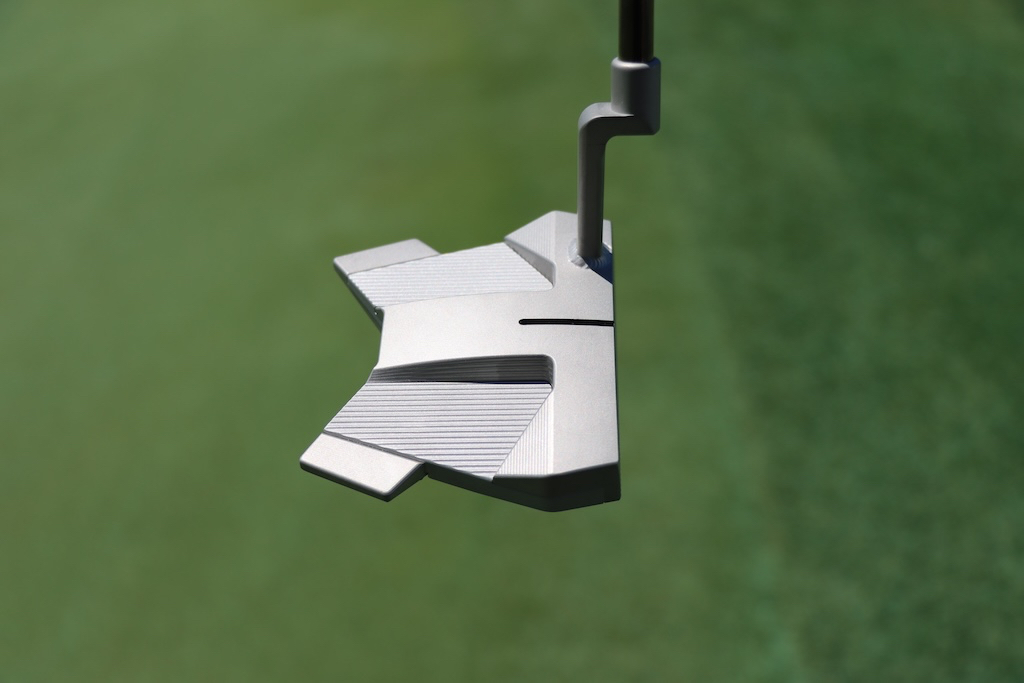
Scotty Cameron T-7.5 Prototype
We spotted a few different Scotty Cameron Phantom models with modified rear flanges. It looks like the straight black flange was cut into a half circle for a little softer look at address. On this T-7.5, you can still see the raw aluminum from the back view, so this might have been a last-minute job to get them out on tour. The semi-circle also has a white line on it, maybe to frame the ball differently.
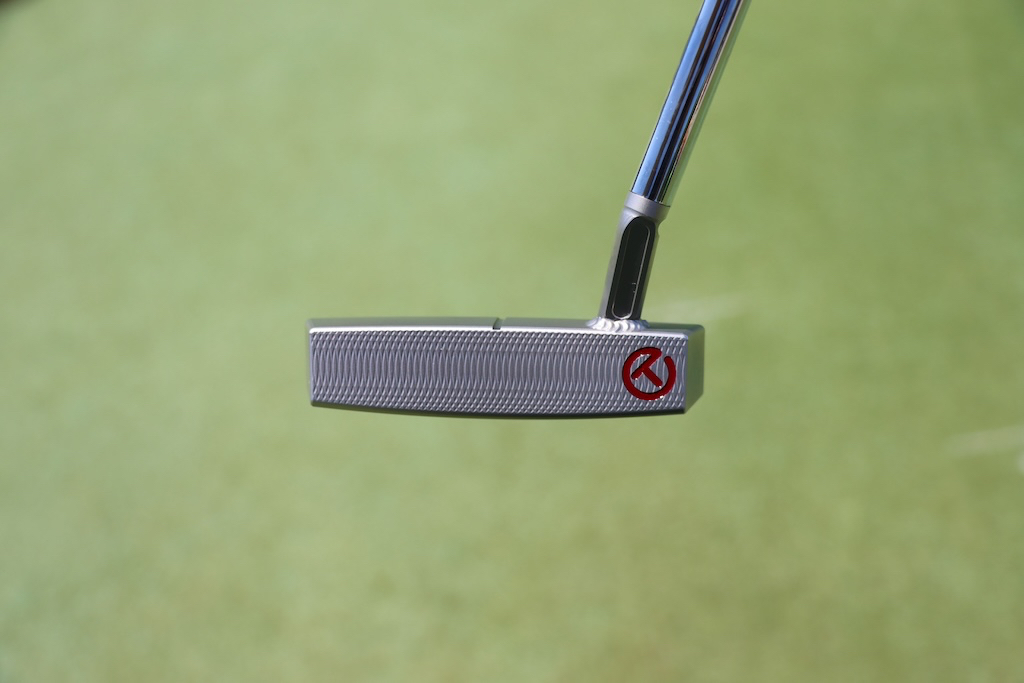
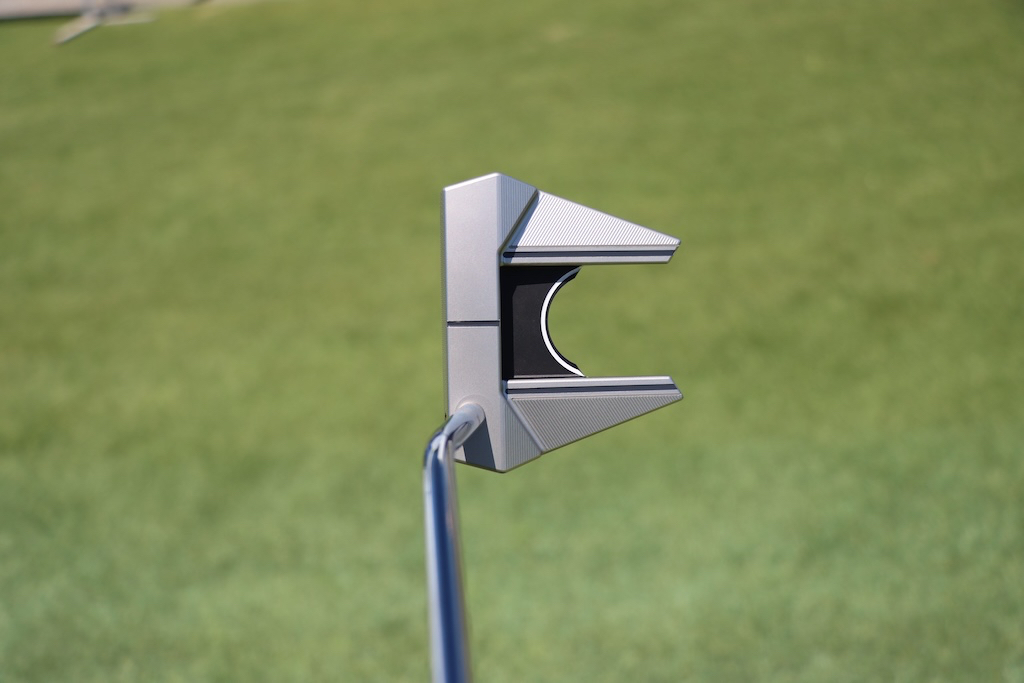
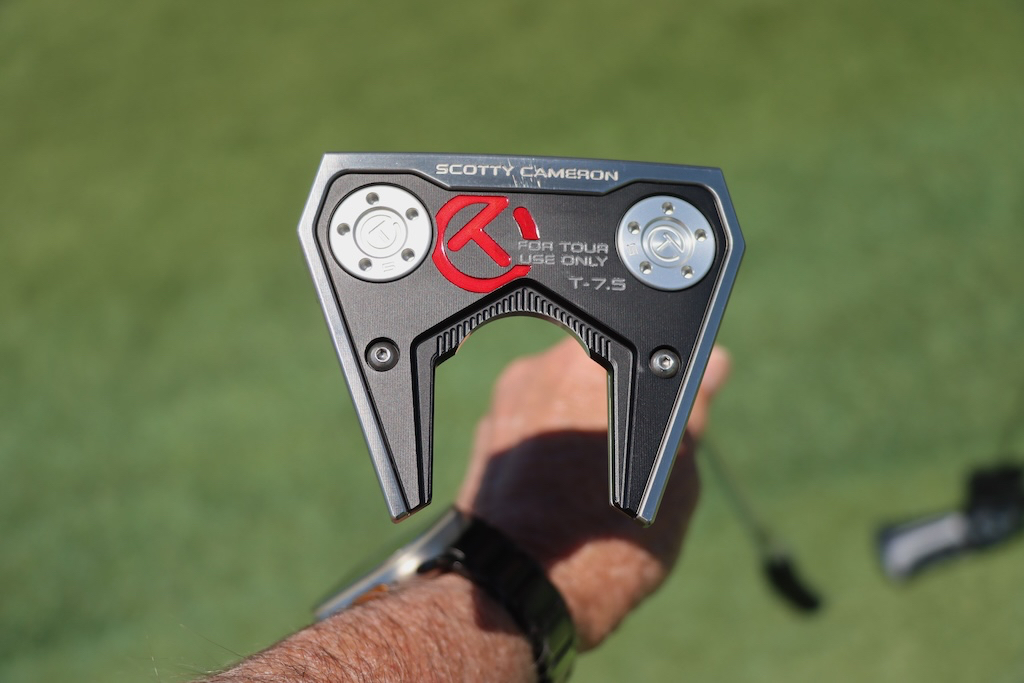
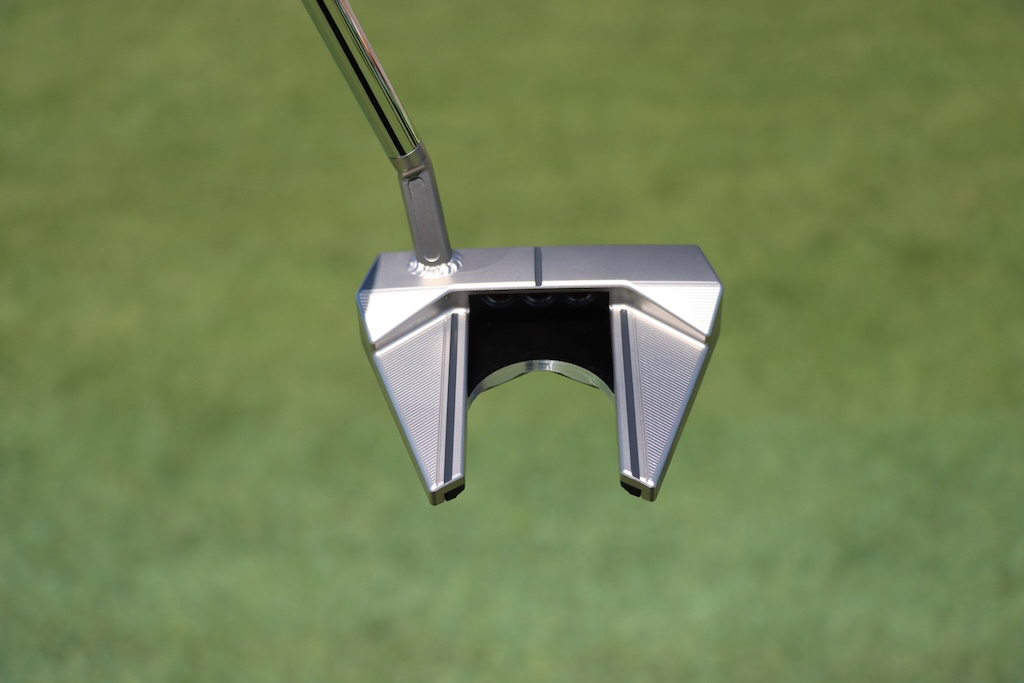
Alex Fitzpatrick’s Bettinardi SS16 DASS
Alex’s SS16 is made from Bettinardi’s famous D.A.S.S., or double-aged stainless steel, for a softer and more responsive feel. The face has a unique diamond pattern milling and features a logo that I feel like I have seen before, but can’t put a name to. The putter is a classic mid-mallet style with a simple, single white siteline on the top. The sole is clean with just the SS16, DASS, and a green triangle logo on it.
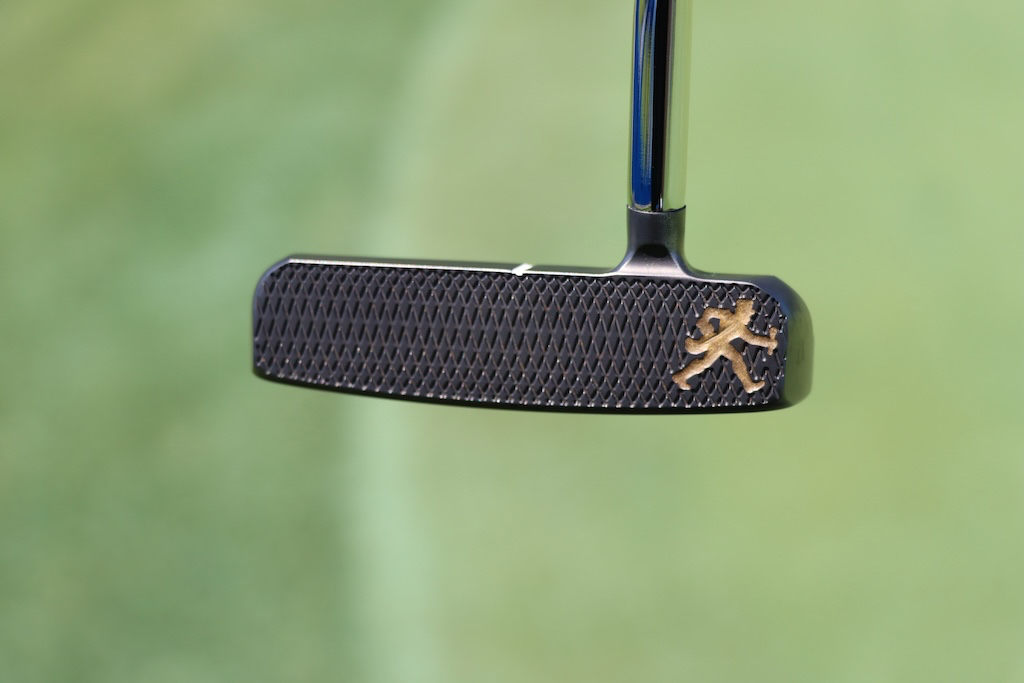
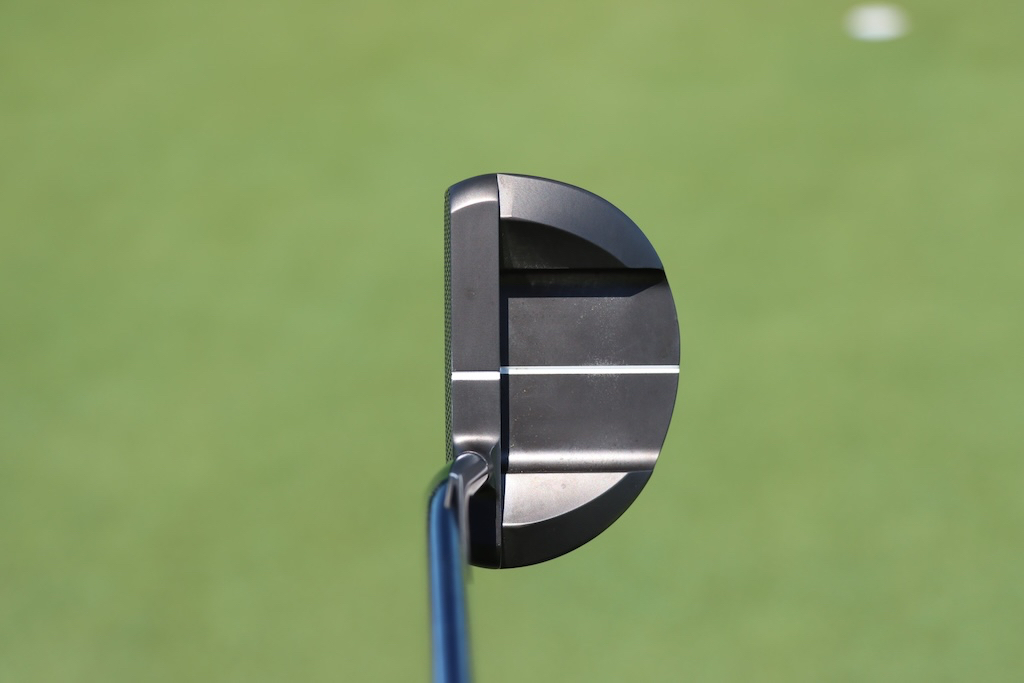

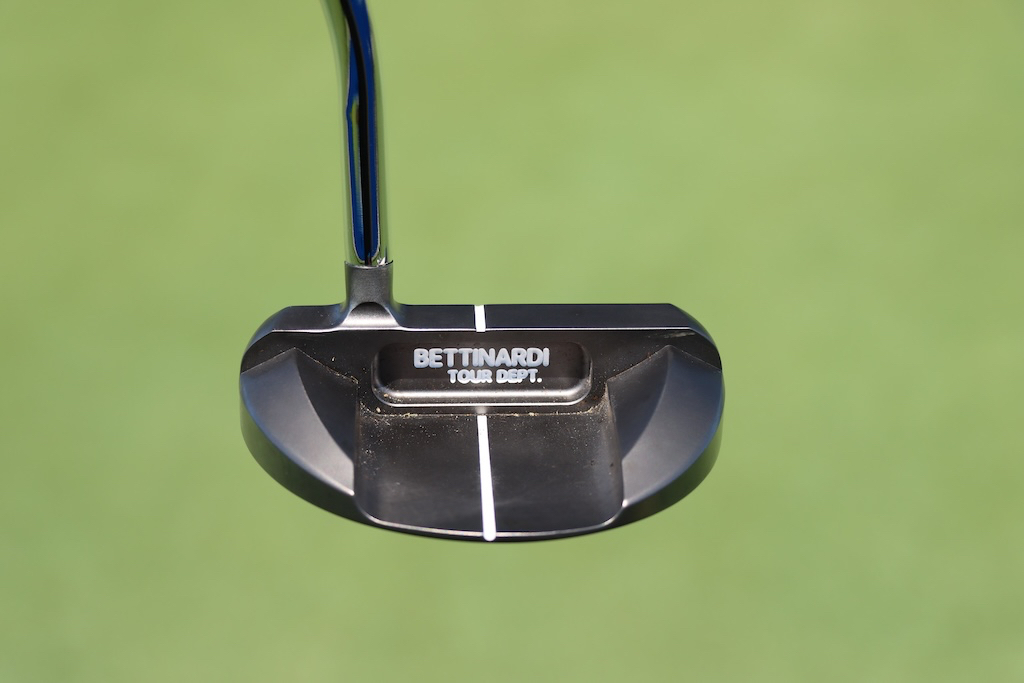
Steve Stricker’s Odyssey White Hot No. 2
This putter has made some amazing putts in its long career! Stricker’s White Hot No. 2 might be in the top 10 of most famous putters in golf. When you see all the dents and lead tape, you know the heel will be up and it will be sinking putts! The soft White Hot insert looks to be in good shape and has less wear on it than the rest of the putter. We don’t know how much lead tape is on the sole, but it has to be multiple layers compacted down over the years.
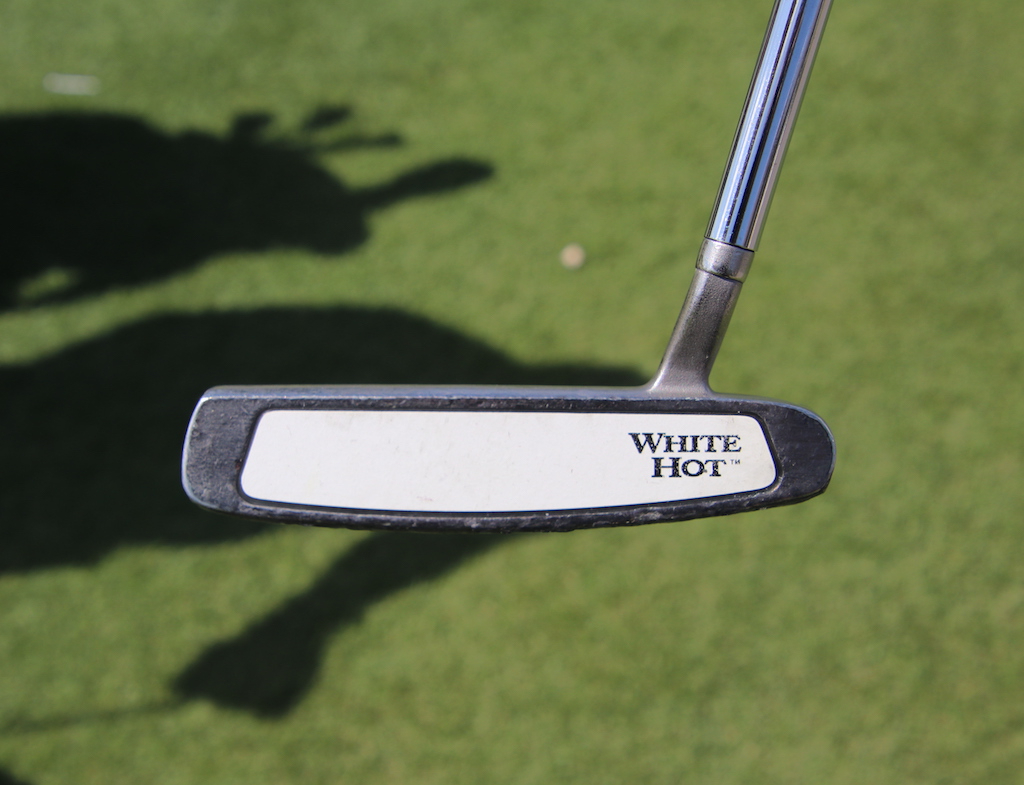


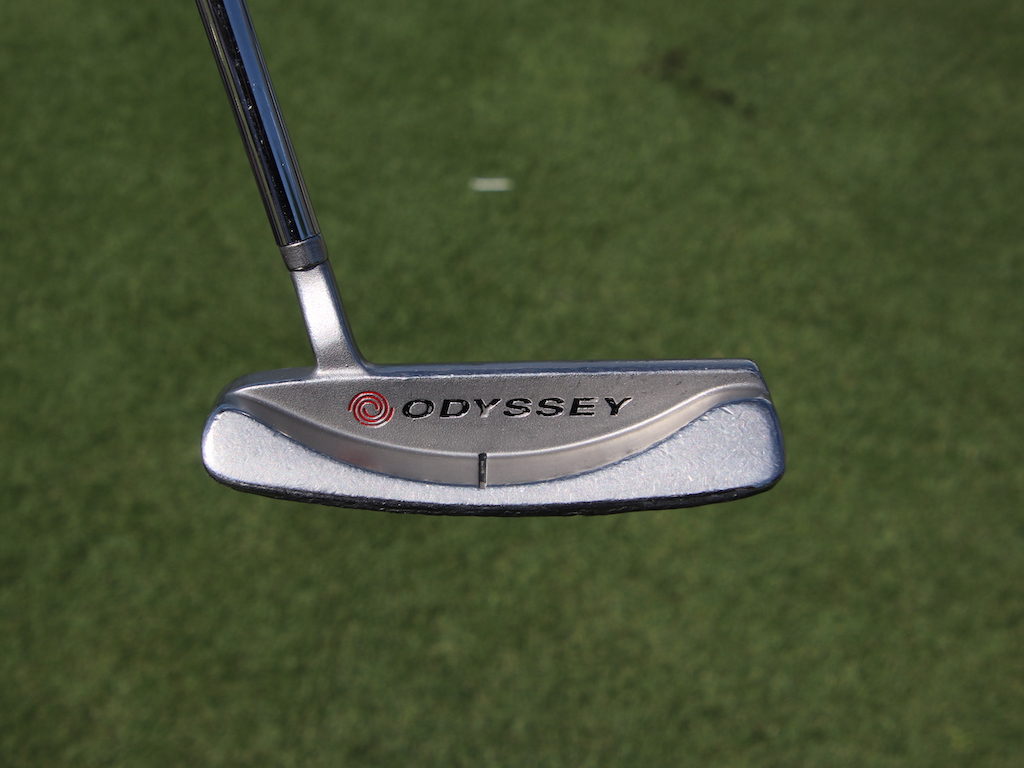
Doug Ghim’s Scotty Cameron T-7 Prototype
This T-7 should win the award for “best color finish” in this list with its deep chromatic bronze. It looks like Scotty added a cherry bomb dot to the heel of the deep-milled face and filled it with a very dark blue paint. The rest of the putter looks pretty stock with its single site line on the topline and twin site lines down the “fangs” of the putter. Twin 5-gram weights are installed in the sole and the putter is finished off with a gloss black double bend shaft with a fill shaft offset.
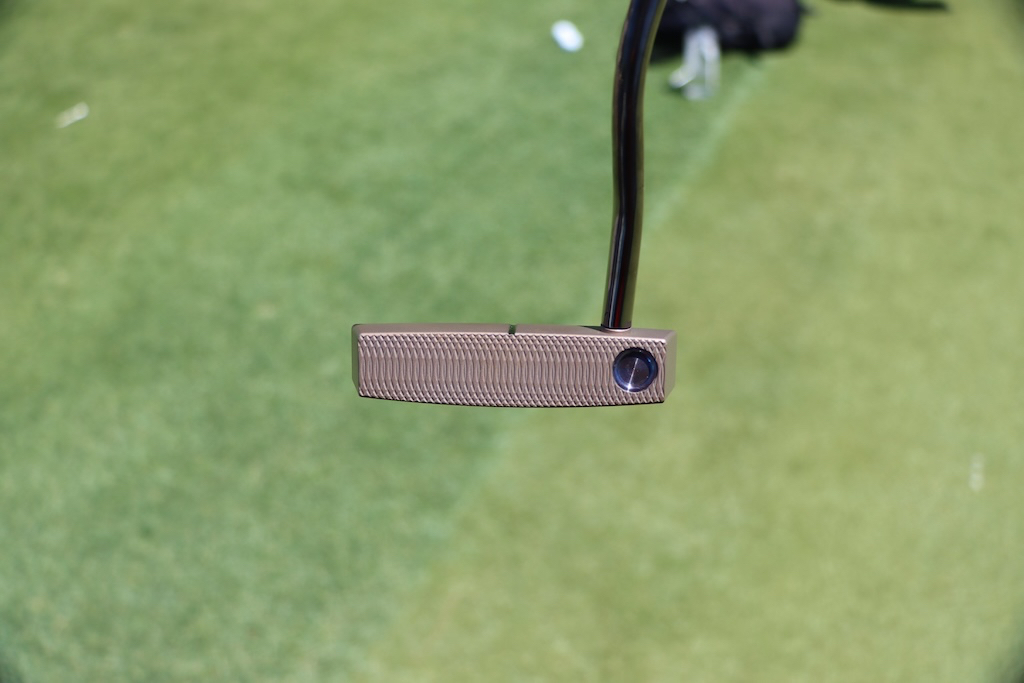
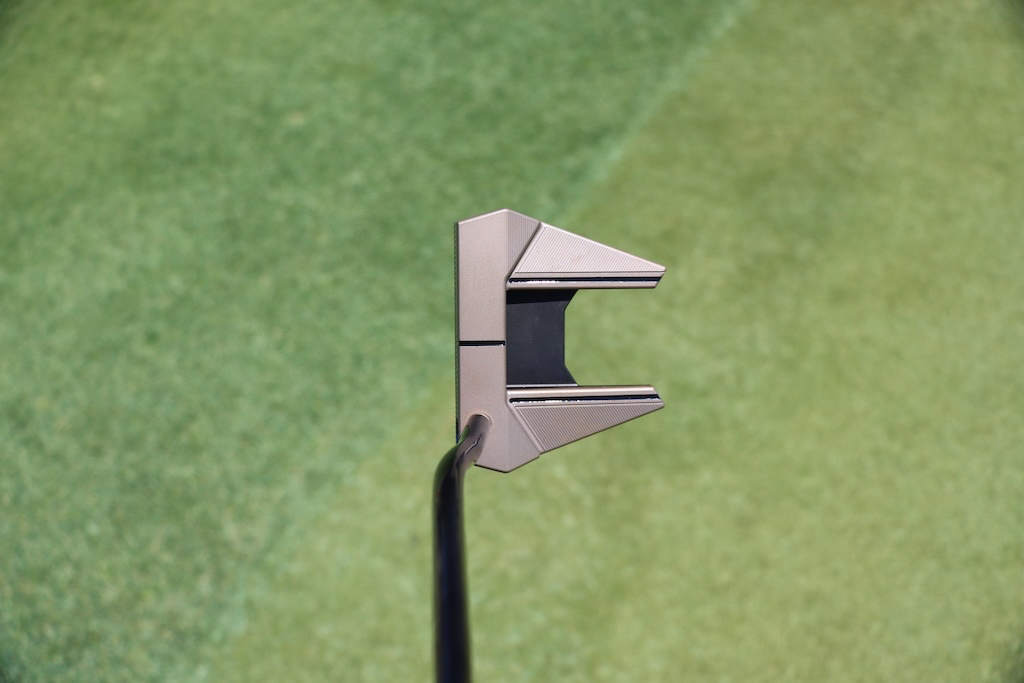
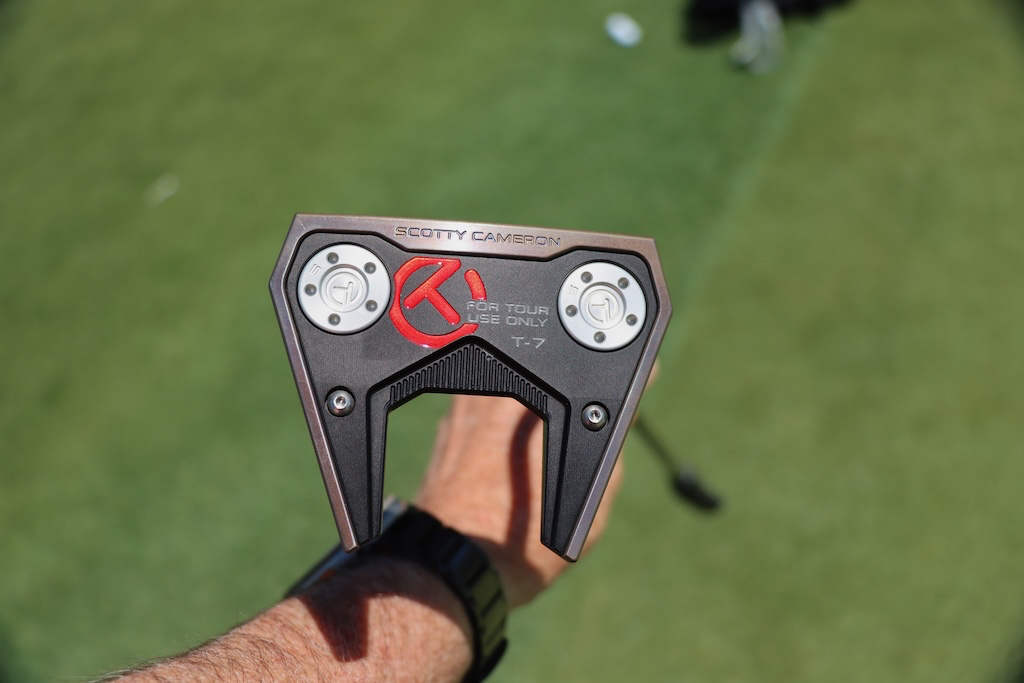
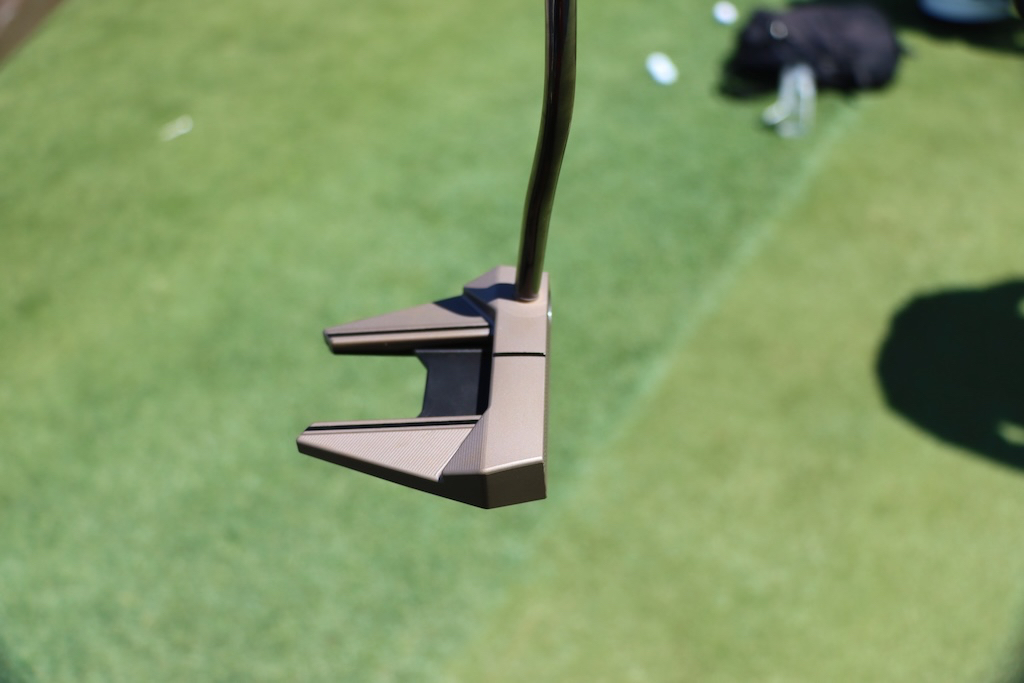
- Check out the rest of our photos from the 2024 Zurich Classic
- LIKE1
- LEGIT0
- WOW0
- LOL0
- IDHT0
- FLOP0
- OB0
- SHANK0
Equipment
Spotted: Project X Denali hybrid shaft
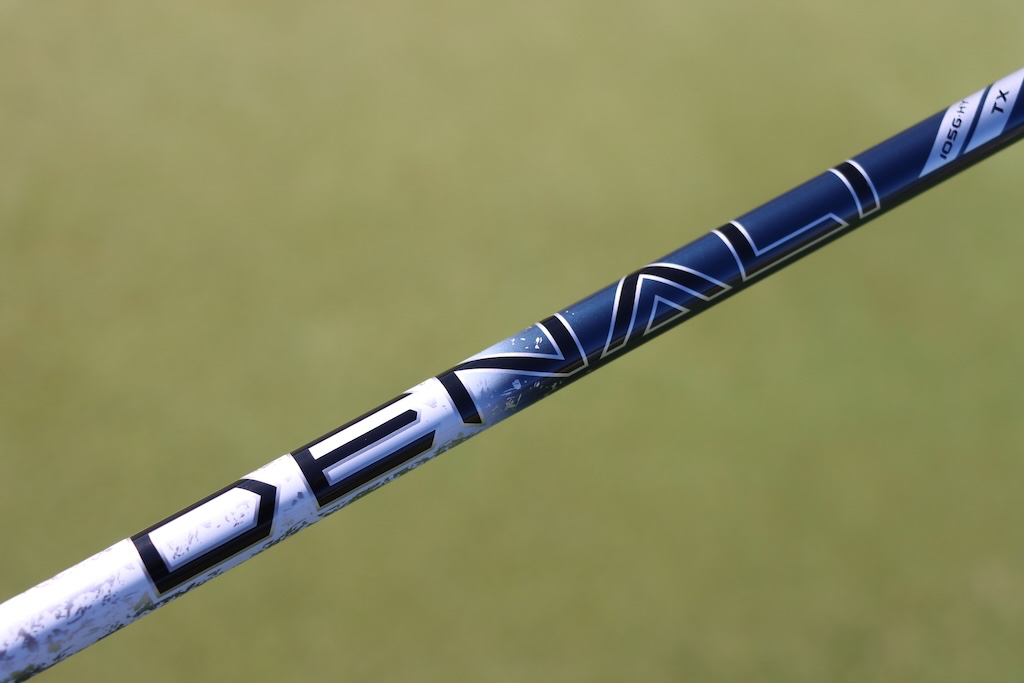
Project X’s Denali wood shafts have been seen in more and more golf bags this year as we start off the season. As a refresher, Denali Blue is the mid-launch and mid-spin model while Denali Black is for players seeking lower launch and spin.
Denali combines great feel with stability and increased ball speed. Currently, Project X only offers Denali Blue and Black in wood shafts, but we spotted a hybrid shaft in Daniel Berger’s bag at the 2024 Zurich Classic.
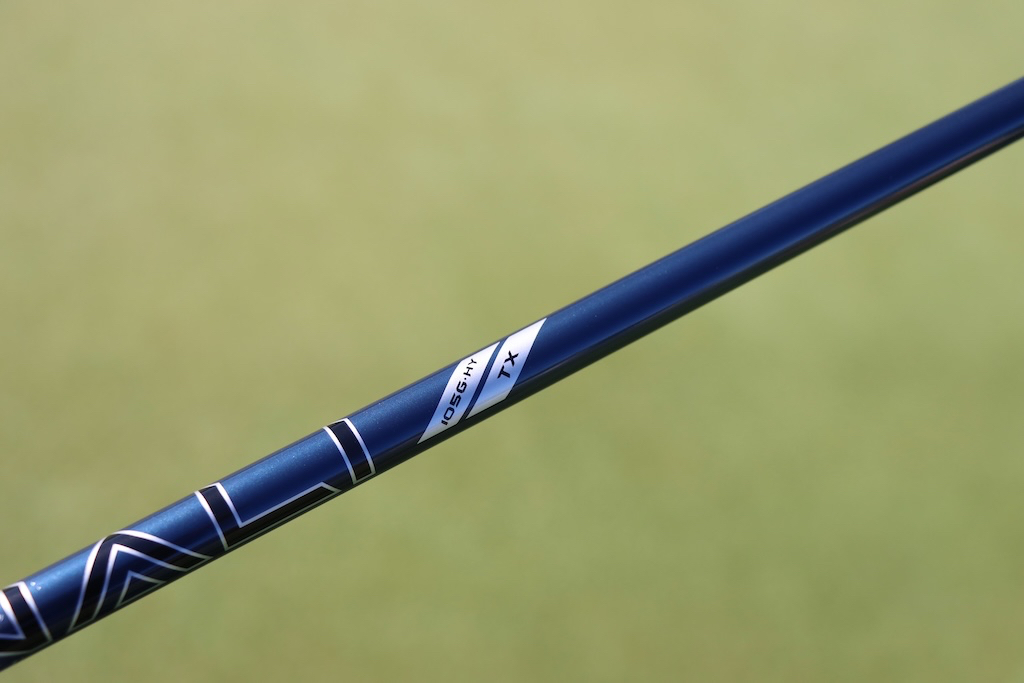
The shaft looks to be a Denali Blue 105G – HY in TX flex. No word on details from Project X yet but we can assume that this is a mid-launching shaft that weighs around 105 grams in Tour X-Stiff flex.
Berger has this shaft in his TaylorMade P770 3-iron, likely for some added launch and spin to hold the green from longer distances.
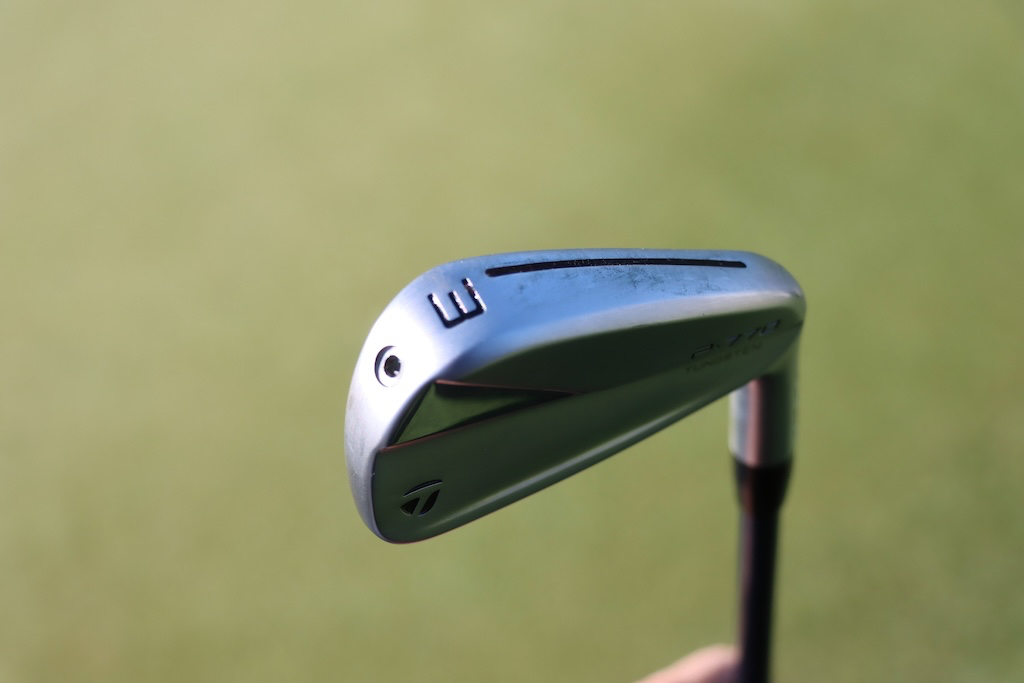
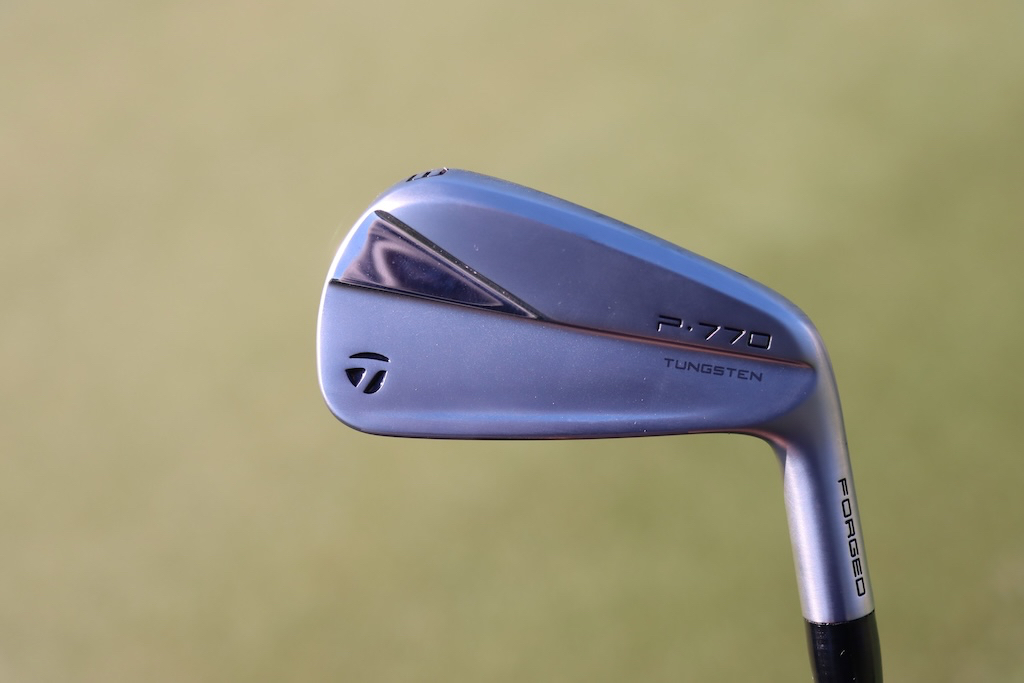
Hopefully, this means we will see some more shafts coming under the Denali name in the future, as I think many of us would like to try one in a hybrid or utility iron!
- Check out the rest of our photos from the 2024 Zurich Classic
- Check out in-hand photos of Daniel Berger’s full WITB here.
- LIKE0
- LEGIT0
- WOW0
- LOL0
- IDHT0
- FLOP0
- OB0
- SHANK0
Whats in the Bag
Daniel Berger WITB 2024 (April)
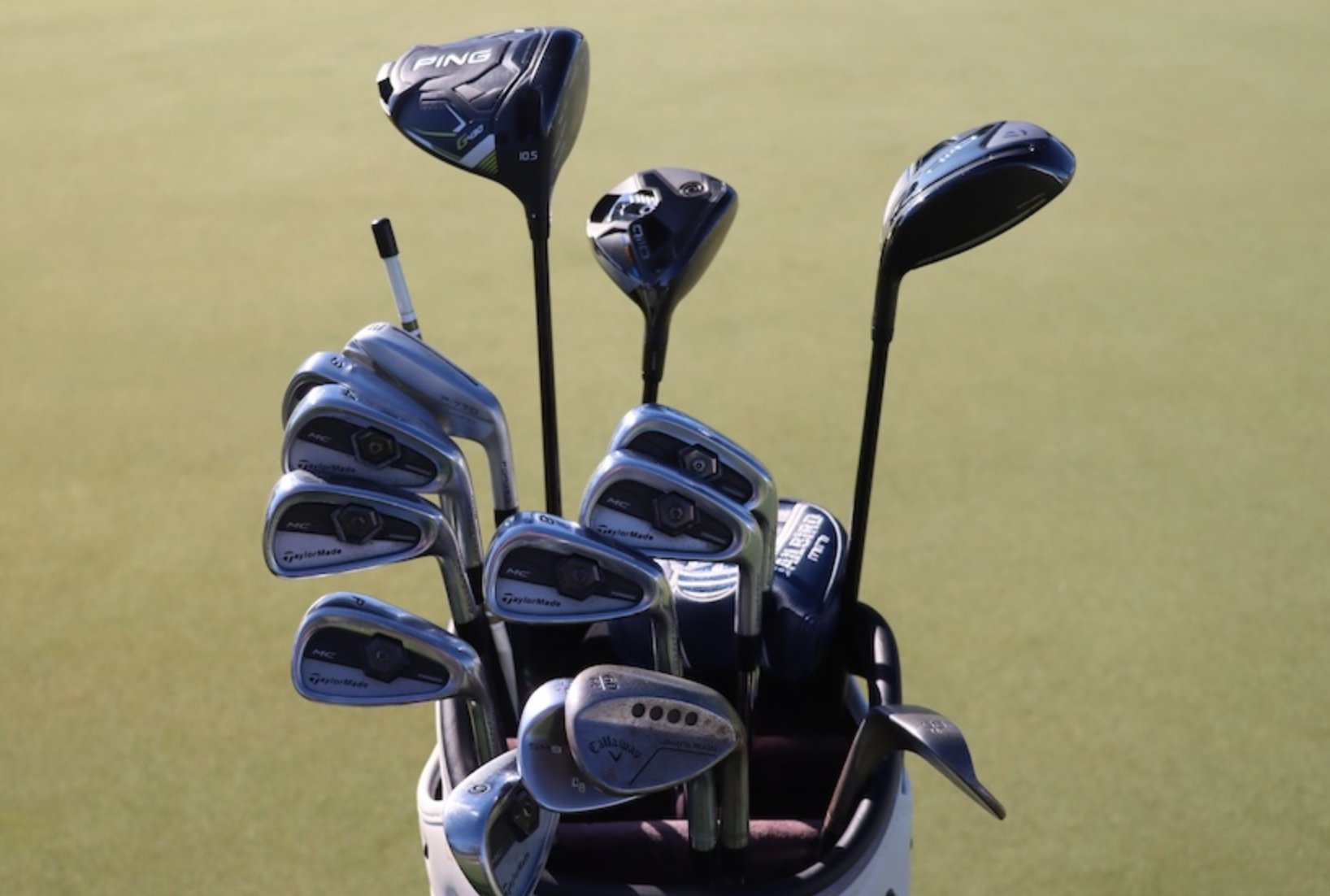
- Daniel Berger what’s in the bag accurate as of the Farmers Insurance Open. More photos from the event here.
Driver: Ping G430 LST (10.5 degrees)
Shaft: Fujikura Ventus Black 6 X
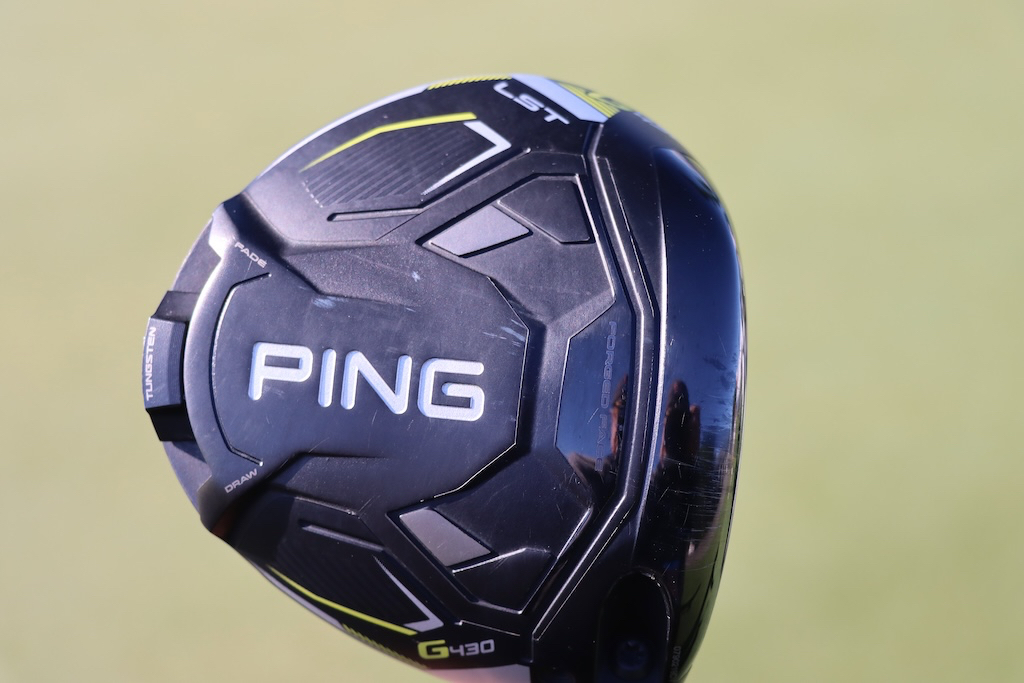
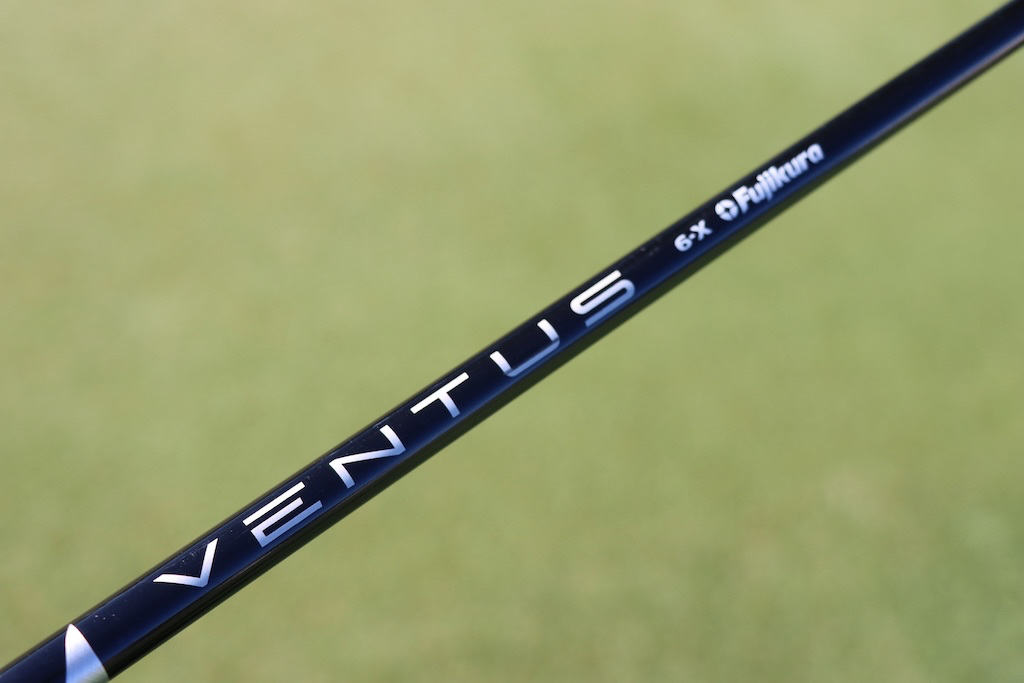
3-wood: TaylorMade Qi10 (15 degrees)
Shaft: Fujikura Ventus Black 7 X
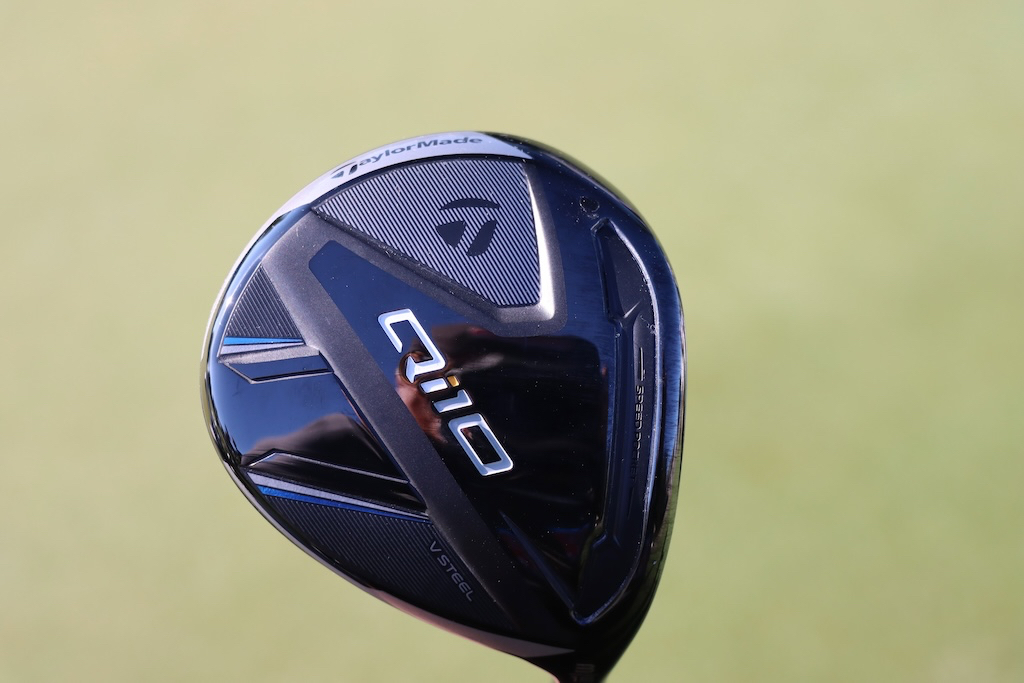
6-wood: TaylorMade Qi10 Tour (21 degrees)
Shaft: Fujikura Ventus Black 8 X
Irons: TaylorMade P770 (3), TaylorMade Tour Preferred MC 2011 (4-PW)
Shafts: Project X Denali Blue 105 TX (3), Project X 6.5 (4-PW)
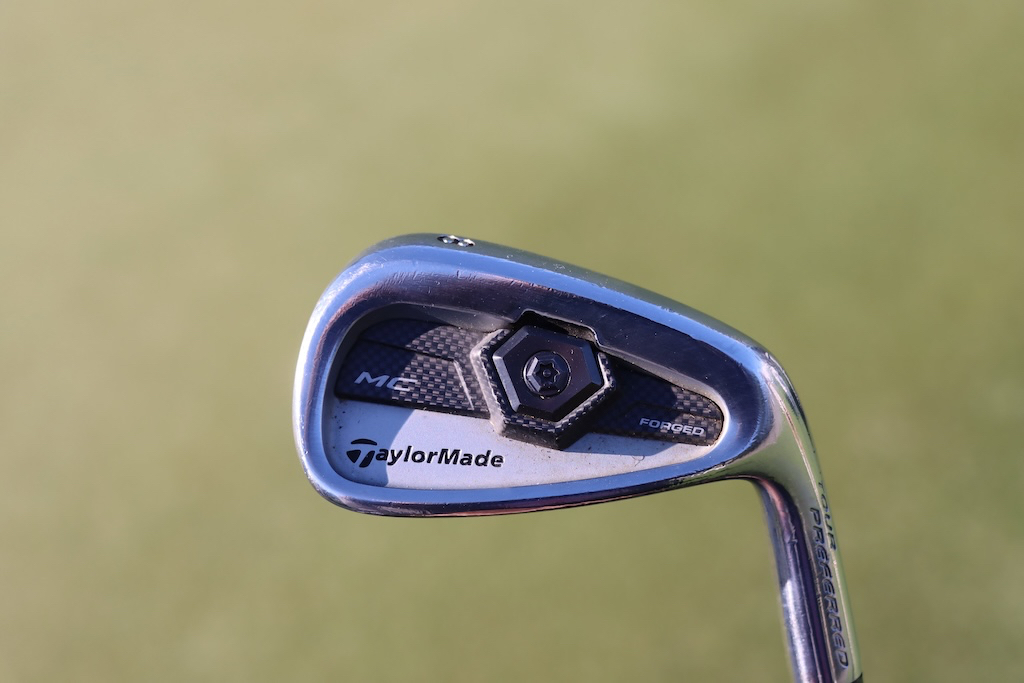

Wedges: Titleist Vokey Design SM9 (50-12F), Titleist Vokey Design SM10 (56-14F), Callaway Jaws Raw (60-08C)
Shafts: Project X 6.5 (50), True Temper Dynamic Gold Tour Issue S400 (56, 60)
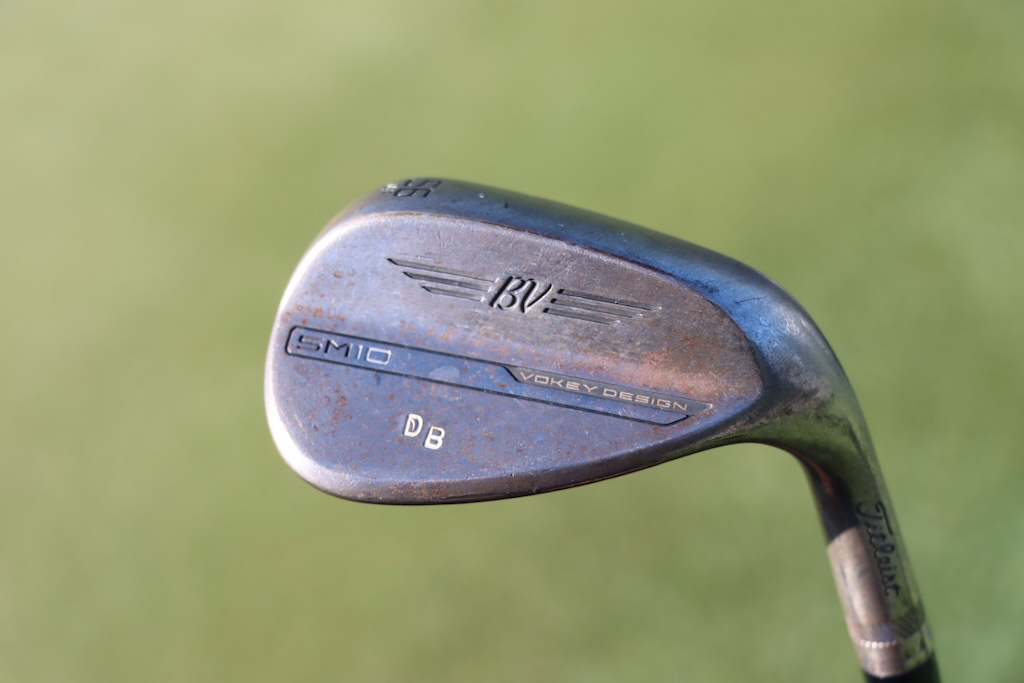
Putter: Odyssey Ai-One Jailbird Mini DB
Grip: SuperStroke Zenergy PistolLock 1.0
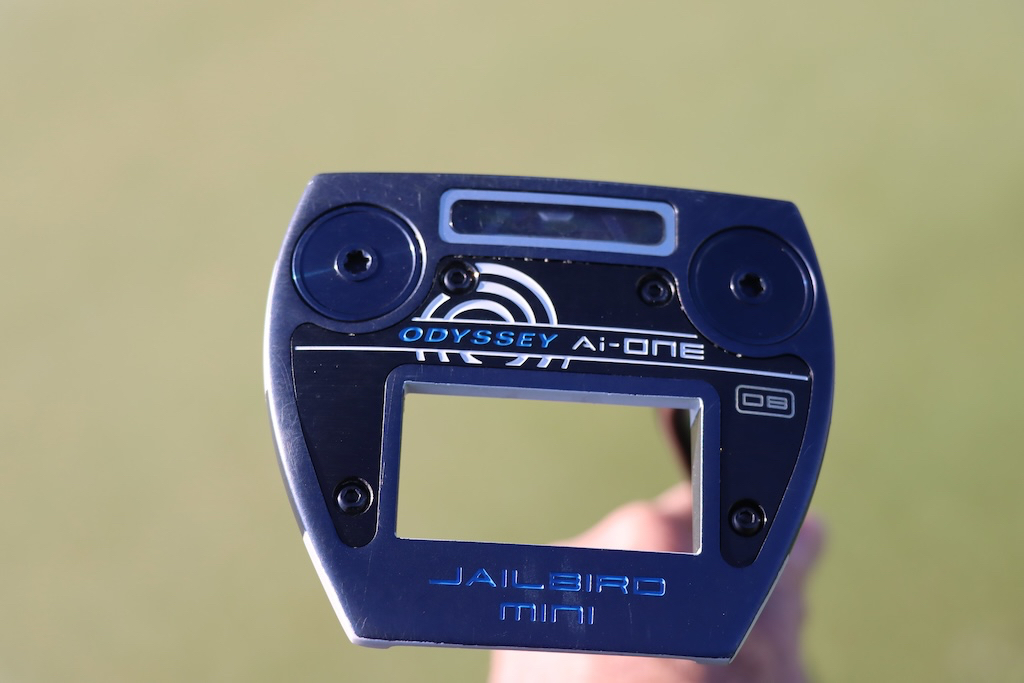

Grips: Golf Pride Tour Wrap
Ball: Titleist Pro V1
Check out more in-hand photos of Daniel Berger’s clubs in the forums.
- LIKE4
- LEGIT0
- WOW1
- LOL1
- IDHT0
- FLOP0
- OB1
- SHANK0
-

 19th Hole2 weeks ago
19th Hole2 weeks agoDave Portnoy places monstrous outright bet for the 2024 Masters
-

 19th Hole3 days ago
19th Hole3 days agoJustin Thomas on the equipment choice of Scottie Scheffler that he thinks is ‘weird’
-

 19th Hole2 weeks ago
19th Hole2 weeks agoTiger Woods arrives at 2024 Masters equipped with a putter that may surprise you
-

 19th Hole3 days ago
19th Hole3 days ago‘Absolutely crazy’ – Major champ lays into Patrick Cantlay over his decision on final hole of RBC Heritage
-

 19th Hole2 weeks ago
19th Hole2 weeks agoTwo star names reportedly blanked Jon Rahm all week at the Masters
-

 19th Hole1 week ago
19th Hole1 week agoReport: LIV Golf identifies latest star name they hope to sign to breakaway tour
-

 19th Hole1 week ago
19th Hole1 week agoNeal Shipley presser ends in awkward fashion after reporter claims Tiger handed him note on 8th fairway
-

 19th Hole1 week ago
19th Hole1 week agoBrandel Chamblee has ‘no doubt’ who started the McIlroy/LIV rumor and why















